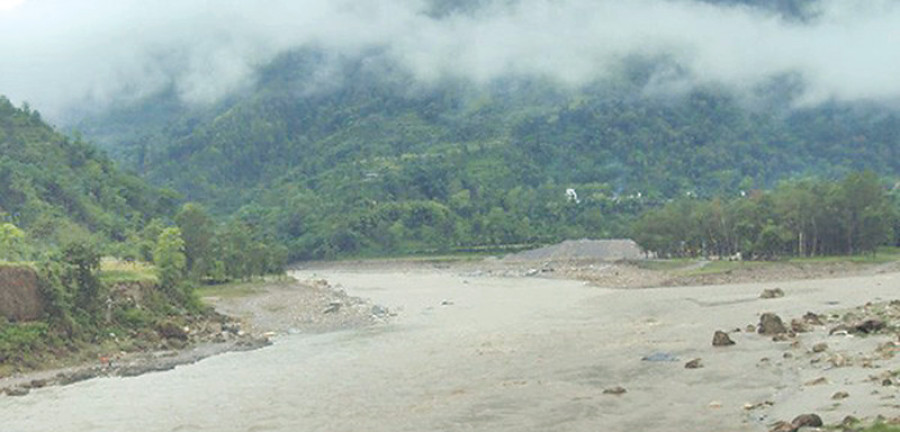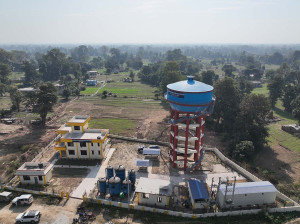Money
Tanahu hydro project: 162 landowners receive compensation payouts
The Tanahu Hydropower Project has completed distributing more than 50 percent of the land compensation amount to locals of Tanahu district whose property was acquired to build the 140 MW storage type scheme.
The Tanahu Hydropower Project has completed distributing more than 50 percent of the land compensation amount to locals of Tanahu district whose property was acquired to build the 140 MW storage type scheme.
As of Thursday, Rs330 million had been distributed to 162 landowners. Houses, cattle sheds, crops and trees stood on the land taken over by the project.
The Finance Ministry has allotted Rs420 million for land compensation in the budget for this fiscal year. The hydropower project, according to Sachen Gautam, communications expert at the project office, plans to complete distribution of the land compensation within this fiscal year.
The project is also preparing to write to the Finance Ministry to ask for additional funds for land compensation as it plans to acquire all the land required for the project by this fiscal year. According to an estimate made by the project, it will cost around Rs600 million to acquire 1,200 ropanis of land.
“We are in the process of distributing another Rs35 million within a week. Soon, we will run out of funds,” said Gautam. “Therefore, we are preparing to ask for the remaining Rs180 million from the Finance Ministry so that we can complete land acquisition by this fiscal year.”
If the task is completed by that time, construction of the project will start from the beginning of October, Gautam added.
Project owner Tanahu Hydropower, a subsidiary of state-owned Nepal Electricity Authority (NEA), has already conducted prequalification of contractors interested in building the project. It has prequalified five companies for the first package which includes detailed design and construction of the headworks of the project.
Similarly, it has prequalified three companies to build a waterway and powerhouse and install the related equipment under the second package. The deadline for the prequalified companies to submit the final bids is May 17 and 31 for the first and second packages respectively.
The project will be one of Nepal’s biggest storage type projects with an estimated annual energy generation capacity of 587.7 GWh for the first 10 years and 489.9 GWh from the 11th year. The project can generate energy for six hours daily during the dry season.
The project is being co-funded by the Asian Development Bank (ADB), the Japan International Cooperation Agency (Jica) and European Investment Bank (EIB).
A $150 million loan agreement was signed with the ADB on February 21, 2013. A similar loan agreement for $183 million was signed with Jica on March 13, 2013, and an agreement was signed with the European Investment Bank (EIB) on May 7, 2013 for a $70 million loan, which was later increased to $85 million.
The government and the NEA will use their own money to build the infrastructure during the pre-construction phase. The project is estimated to cost $505 million and the Nepal government will put up $71 million.
According to NEA officials, design preparation and construction of a bridge has begun at the project site. An environmental impact assessment was done in 2009. Considering the project’s estimated cost, it will need to sign a power purchase agreement with the NEA for at least Rs7 per unit.
The government has said it will extend credit to the NEA at an interest rate not higher than what the multilateral lending institutions are charging.
However, the government will charge NEA 1 percent of the loan amount as processing and guarantee fees. The NEA will have to bear the risk of exchange rate fluctuation.




 17.12°C Kathmandu
17.12°C Kathmandu














